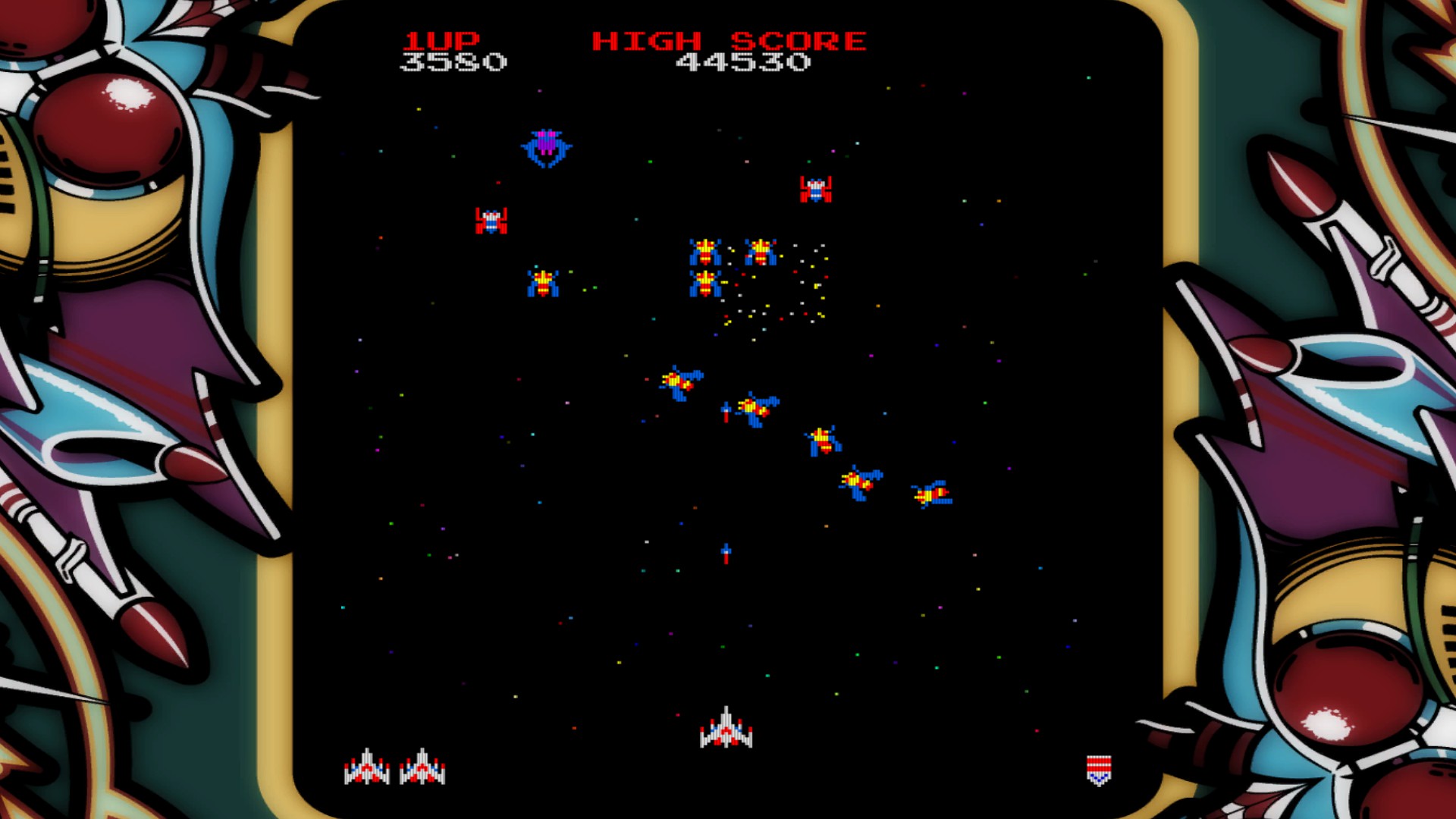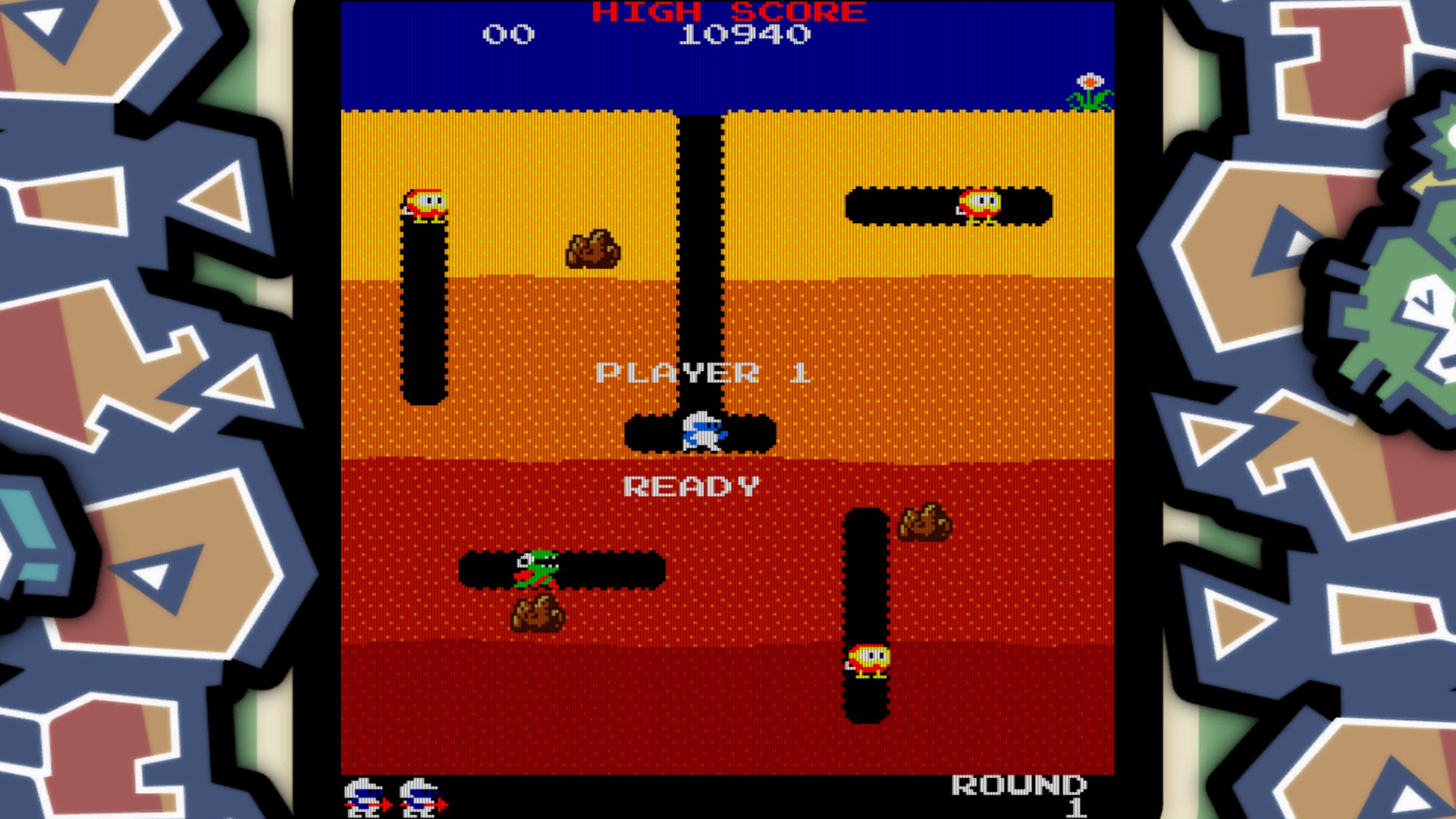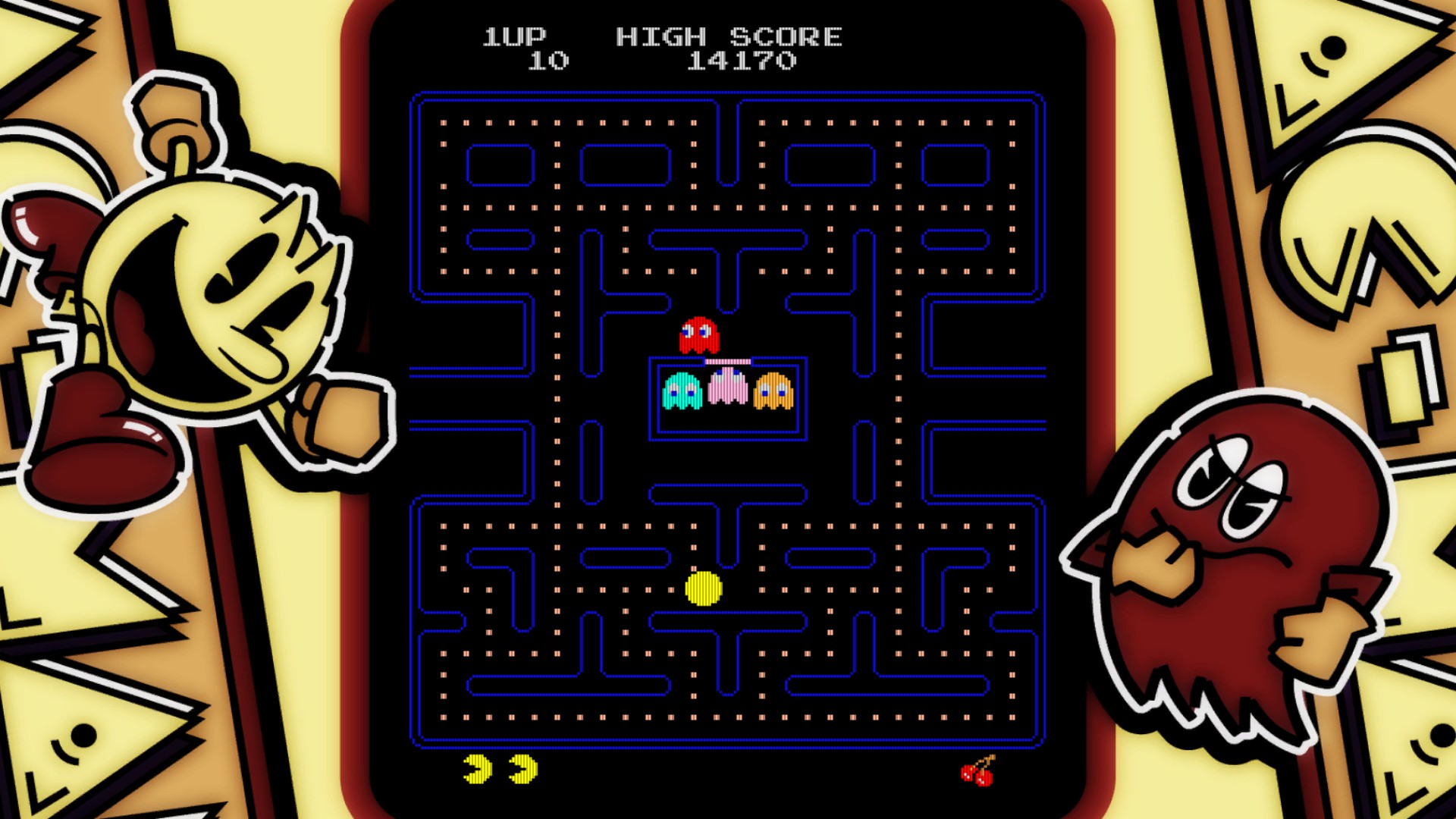When it was first released to arcades in 1980, Pac-Man created a new Maze Chase genre which was radically different to the sports, racing and shooting games which had come before it. This became a breakout pop-culture hit with appeal across genders to such a level that two seasons of a Pac-Man TV shows were produced. Even today, Pac-Man’s iconic visage is still one of the most identifiable gaming figures. Yet by 1985 the genre was in deep remission and by 1995 it can be fairly argued dead, except for Namco’s own Pac-Man remakes and re-imaginings. Adventure games went into remission and came back. 2D shooters (ala Galaga) are niche, but still being made. What was it about the Maze Chase genre which led to such an immediate boom and bust cycle?
Tag: Arcade
-

Mechanical Mastery
They don’t make ’em like they used to. Like its Arcade Game Series sibling Dig Dug, Galaga is designed for arcade gaming sessions with no continuing story or narrative. You are a spaceship that shoots aliens. Simple. So in order to keep the player coming back and dropping their quarters in the arcade machine, it needed a hook. Galaga is an arcade shooter which is geared from the ground up around raising the skill ceiling, making expertise and skill matter as much as possible. I’d even say that Galaga is the anti-Farmville. I mentioned in my Dig Dug article the simple joy of mastering mechanics and chasing higher scores, but Galaga manages to distil this down into its purest form.
-

What Can We Learn From Retro Games?
Dig Dug, released on Steam as part of Bandai-Namco’s Arcade Game Series is a port of a game which turns 35 this year. Which does make it odd, writing about a game which is older than I am. Yet for all that 1982 feels like ancient history, within 5 years of Dig Dug we had Super Mario Bros, The Legend of Zelda, Castlevania and Dragon Quest. So Dug has tunnelled us a nice time capsule to the end of the arcade era. But with so much progress in game design since that time, is there anything worth learning from Dug’s digs?
